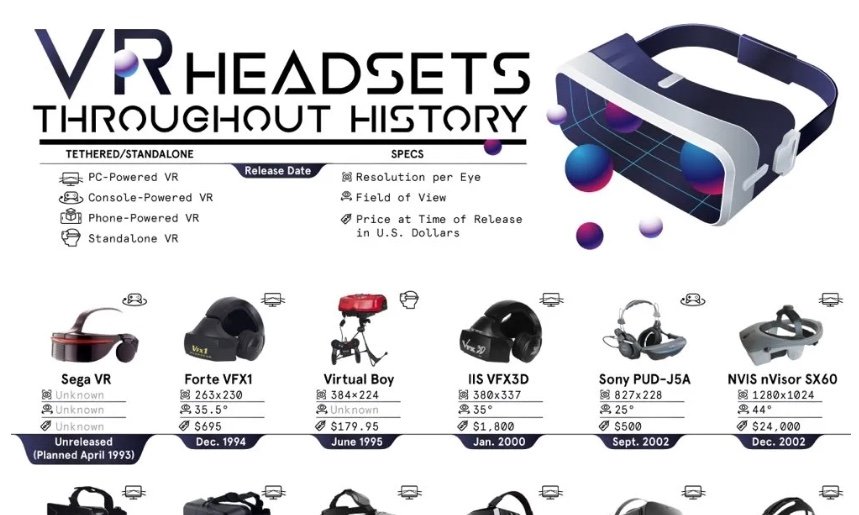Business leaders who have a complete understanding of where their people and activities are situated in their overall strategy have “strategic clarity.” These leaders are invaluable – they can fill their team’s day with meaningful work, burst through information silos, synergize teams across departments, and articulate every activity’s role in achieving their goals.
By connecting every department, goal, person, and task to a shared vision, businesses can unlock their full potential. While establishing strategic clarity might sound complicated, with the right framework, it’s quite intuitive. Here’s how you can accomplish this using the strategic clarity map.
What is a strategic clarity map?
The strategic clarity map is a simple but powerful diagram that helps IT leaders define their current and desired situations and determine how to move from current to future states.
[ Also read 4 steps to supercharge IT leaders. ]
It has two major components:
- Current state to future state: The horizontal bar runs from your current state (where you are now) to a future state (where you want to be next year).
- Big-picture to details: The vertical bar runs from the big picture (higher-level business strategy) down to the details (more specific, “boots-on-the-ground” work).
Analyzing your current-to-future status
The current-to-future bar is your chance to identify your shortcomings and compare them to where you’d like to be.
Here are a few important questions to ask yourself:
- What problems does my team face, and why? Some examples might include a lack of clarity on priorities or an effective decision-making process, personality clashes, insufficient accountability, inadequate resources for your workload, or an inefficient workload balanced between IT development or non-IT development projects.
- What are the most significant obstacles to your team’s performance? Think about your operations. Where do inefficiencies begin? What could be changed or updated to give your time value?
- What are you not doing that you need to start doing? On a personal note, what are a few things you could change about your leadership strategy to improve your team’s performance? Are there competing priorities? Is it unclear why you should focus on one thing rather than another?
- What should look different next year? Imagine how things could change for the better next year. What should be the team’s vision and goals? What needs to change to reach those goals? What can you start changing now?
Analyzing your big-picture-to-details status
The present-to-future bar is split in the middle. What makes the difference between your present state and actualizing your goals is how you put this next part into action.
Start by zooming out and defining your big picture: What comprises your overall mission, values, and strategy? At the heart of your company sit your values and mission, which are brought into action by strategy. Without a clear understanding of your “why” and “how,” you can’t unify your teams, activities, and processes.
Next, zoom in and define the finer details:
- Do your tasks align with the big-picture strategy? Try to situate your team’s day-to-day tasks within your big picture. Does everything fit?
- Do your metrics support the strategy? How are you currently defining success? Do these metrics fit your big picture?
- Does your team execution plan align with the strategy? On the team level, do tasks and activities support your big picture? Is it clear to teams what role they play in achieving company goals?
- Does your individual action plan align with the strategy? Zoom into the individual level to determine whether tasks and activities fit the big picture. Is it clear to individuals the significance they have in realizing your goals?
Putting it all together
You just outlined the biggest hurdles that stand in the way of meeting your business goals. More than that, you’ve come to a clear definition of those goals, how they relate to company values, and to what extent your current strategy aligns with them – in theory and practice.
If the strategic clarity map is doing its job, you’ll find that it opens up a lot of questions about what needs to change, but it also provides a framework for answering those questions. In other words, the work is far from over. But you’ve just taken a big step toward achieving strategic clarity.
The goal here isn’t just unity but the ability for everyone to know precisely how their day-to-day tasks work toward the same big-picture mission. In doing so, you’re positioning this year as a pivotal one, and over the next few months, you’ll see the dividends of running a business with newfound strategic clarity.
[ Learn the non-negotiable skills, technologies, and processes CIOs are leaning on to build resilience and agility in this HBR Analytic Services report: Pillars of resilient digital transformation: How CIOs are driving organizational agility. ]




